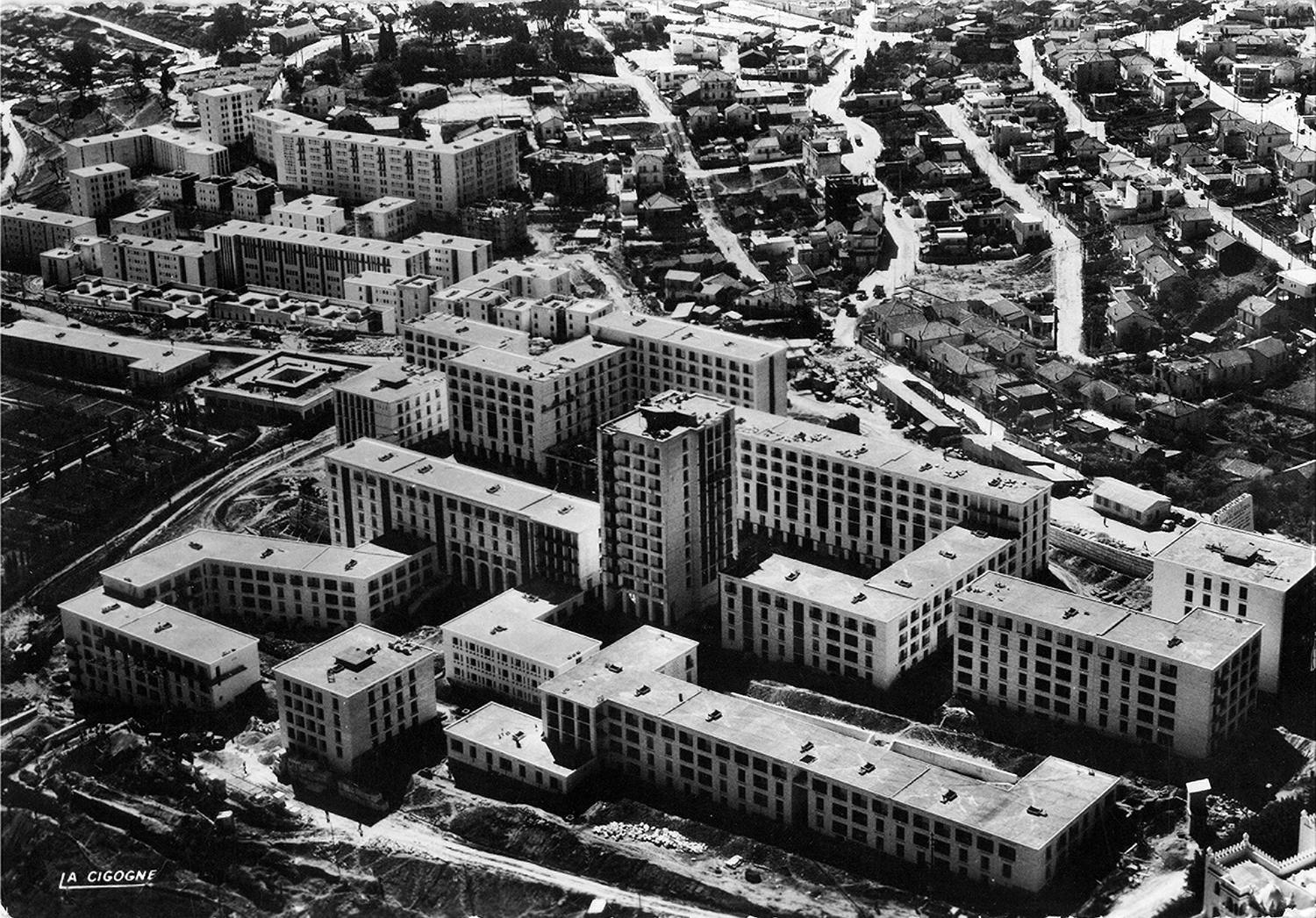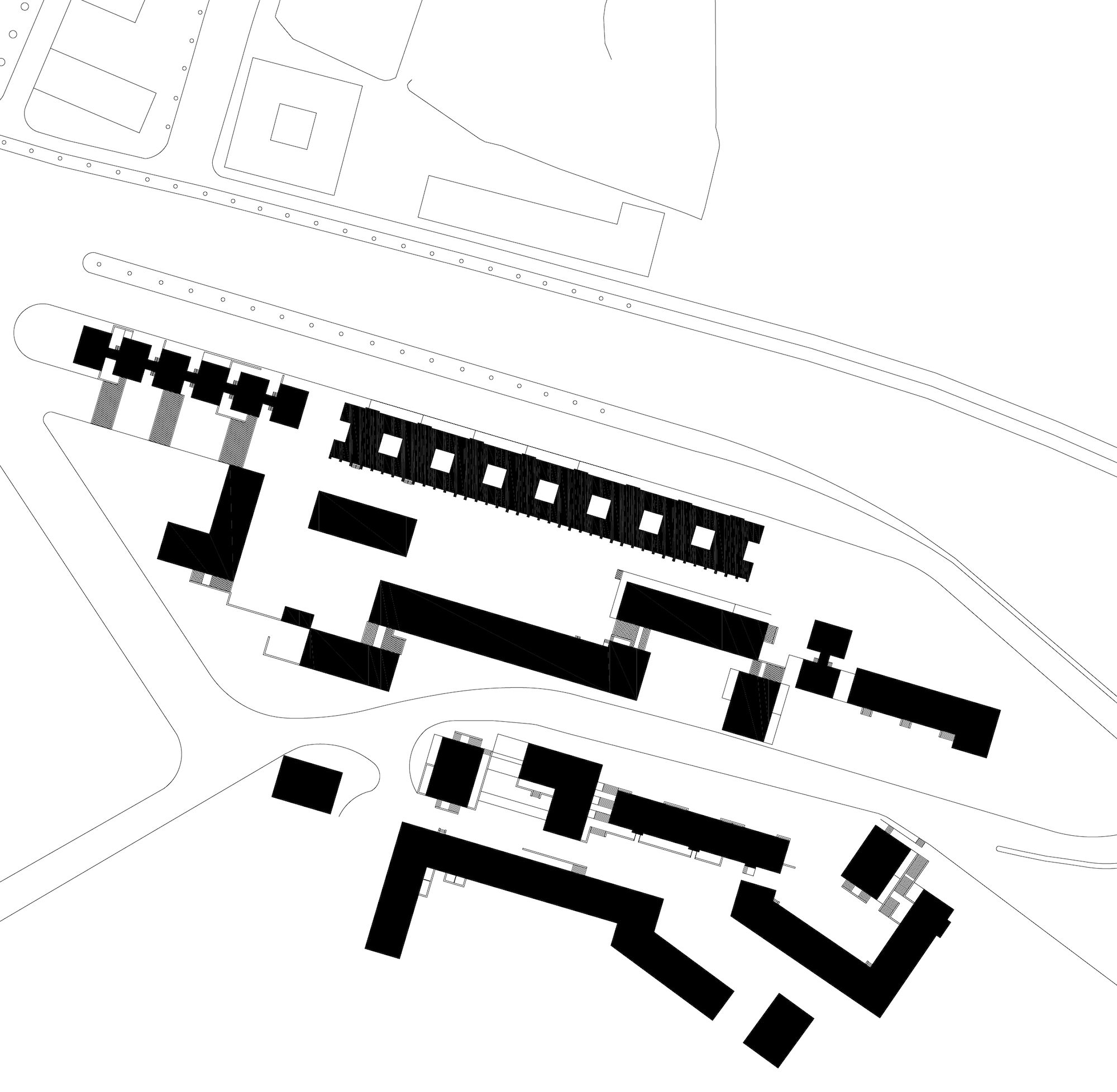Diar-el-Mahçoul, Algiers


«Coal and steel were no longer a problem, France was emerging from the era of restrictions. The initial enthusiasm for stone made way for aesthetic and sentimental reasons. ‘Stone’ now meant only noble material. The architects of the younger generation did not care for it. Yes, sometimes a client imposed it, convinced by Marcerou’s sales-talk, but the architects did everything they could to make it unacceptable. I was one of the few who did not have prejudices about structures. The groups of modern architects have always reproached me for this: to belong to our time you must build using concrete and steel, otherwise you are out. They treat you as old fashioned and they use complicated terms to criticise you in professional language.
I believe architecture is an art at the service of society. If the service is well performed, the choice of the material is of little importance. One must never forget that the modernism of a certain period was responsible for Modern Style and another one for Baroque. All this came after the rigour of Roman architecture, the boldness of gothic structures, and the purity of Greek art. Perret and Le Corbusier had the same bedside book, Choisy’s Histoire de l’Architecture».
F. Pouillon, Mémoires d’un architecte. Paris: Éditions du Seuil, 1968, pp. 169-174